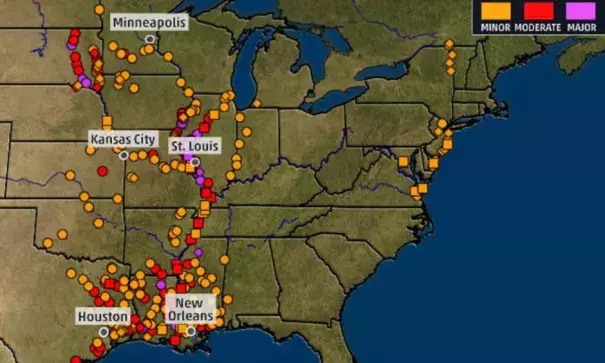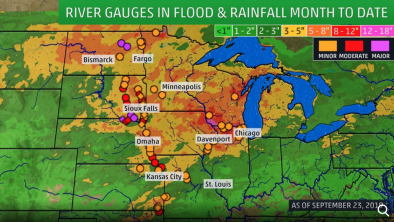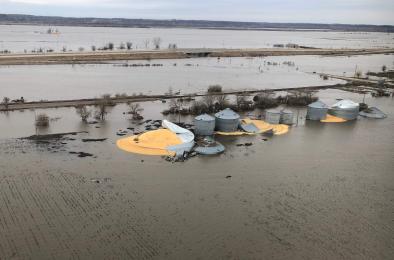2019 Mississippi River Flood the Longest-Lasting Since the Great Flood of 1927

Mississippi River flooding has been ongoing for three months or longer in some locations, making it the longest-lasting flood there since the Great Flood of 1927, the worst flood in modern history on the lower Mississippi River.
Take Vicksburg, Mississippi, for example.
The Mississippi River went above flood stage there on Feb. 17, and has remained in flood ever since. The National Weather Service said this is the longest continuous stretch above flood stage since 1927 at Vicksburg.
And by late May, the ongoing Mississippi River flood at Baton Rouge and Red River Landing, Louisiana, will also become the longest-lived at those locations since 1927, according to the NWS.
The river went above its 35-foot flood stage at Baton Rouge on the morning of Jan. 6. Red River Landing has been above its 48-foot flood stage since Dec. 28.
...
The Mississippi River at the Quad Cities of Iowa and Illinois observed its longest stretch above major flood stage on record. The river was in major flood stage for 51 consecutive days from March 23 through May 12. The previous record was 31 days from mid-April to mid-May 2001, according to the NWS.
Records for most consecutive days above major flood stage were also set at New Boston, Illinois; Keithsburg, Illinois; and Burlington, Iowa.
More than 260 river gauges were reporting levels above flood stage on Tuesday. Of those, 23 gauges reported major flooding, 70 moderate flooding and 169 minor flooding.
The 12 months spanning May 2018 through April 2019 were the wettest year-long period in the United States in records dating back to 1895, according to the monthly U.S. climate summary issued May 8 by the NOAA's National Centers for Environmental Information.
Related Content






